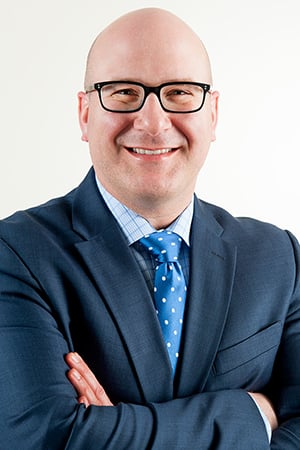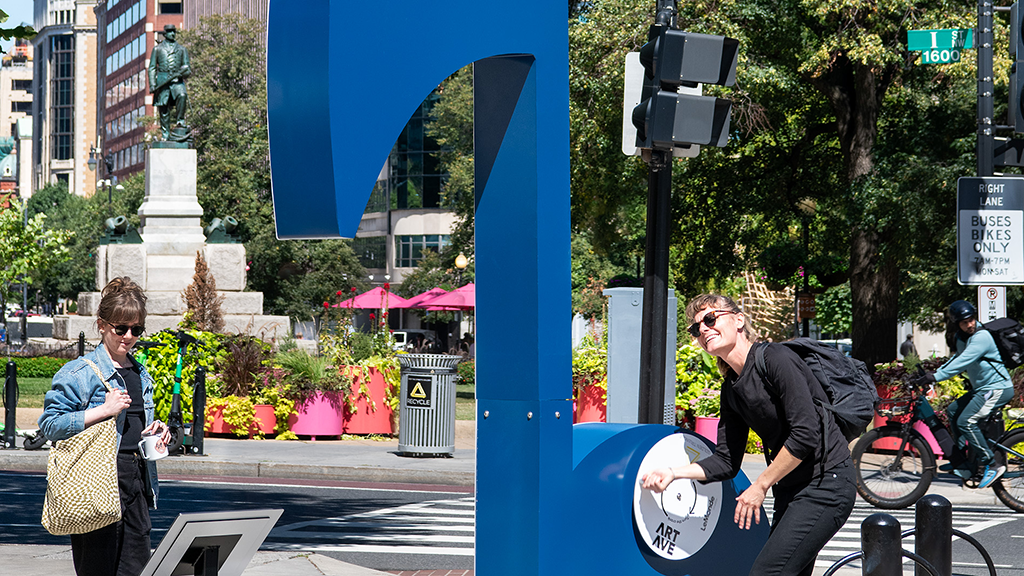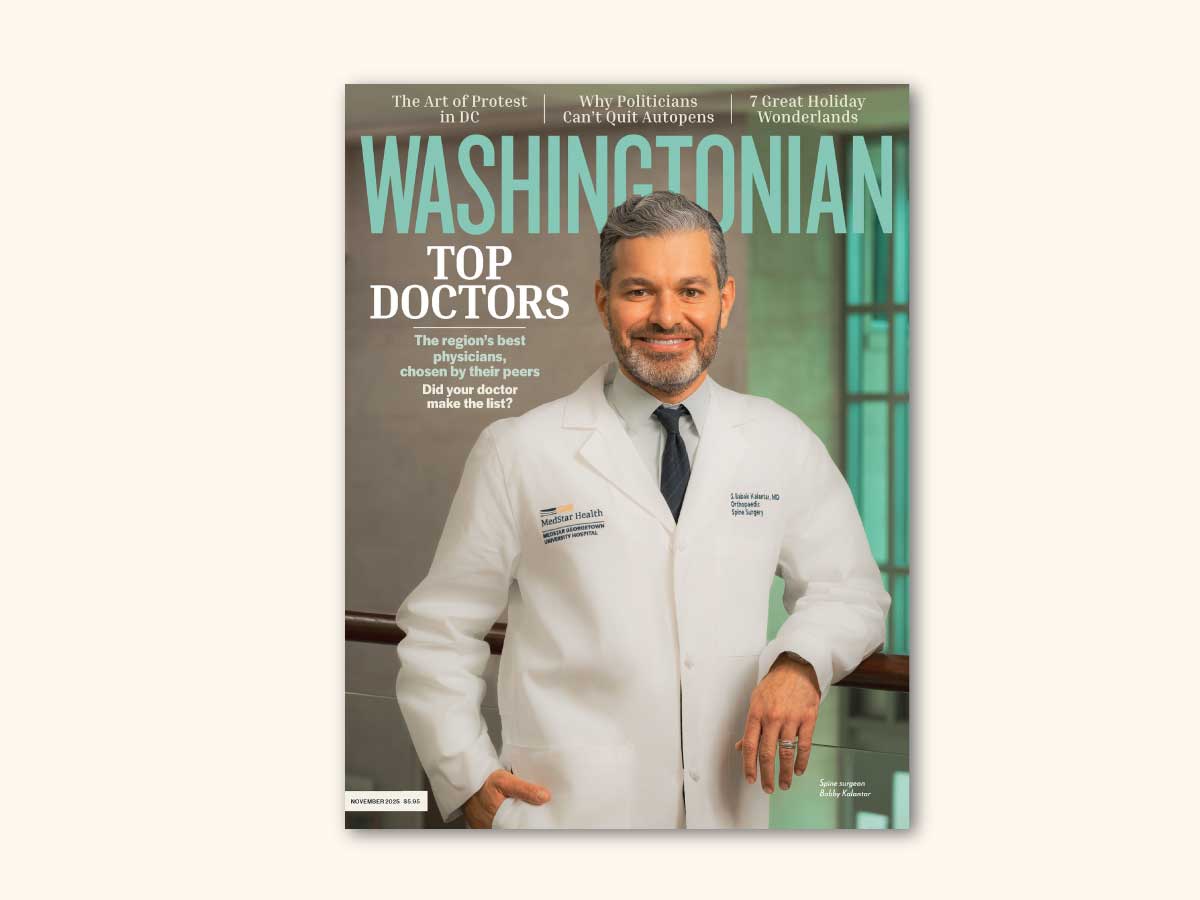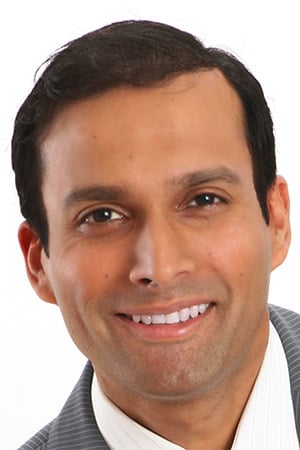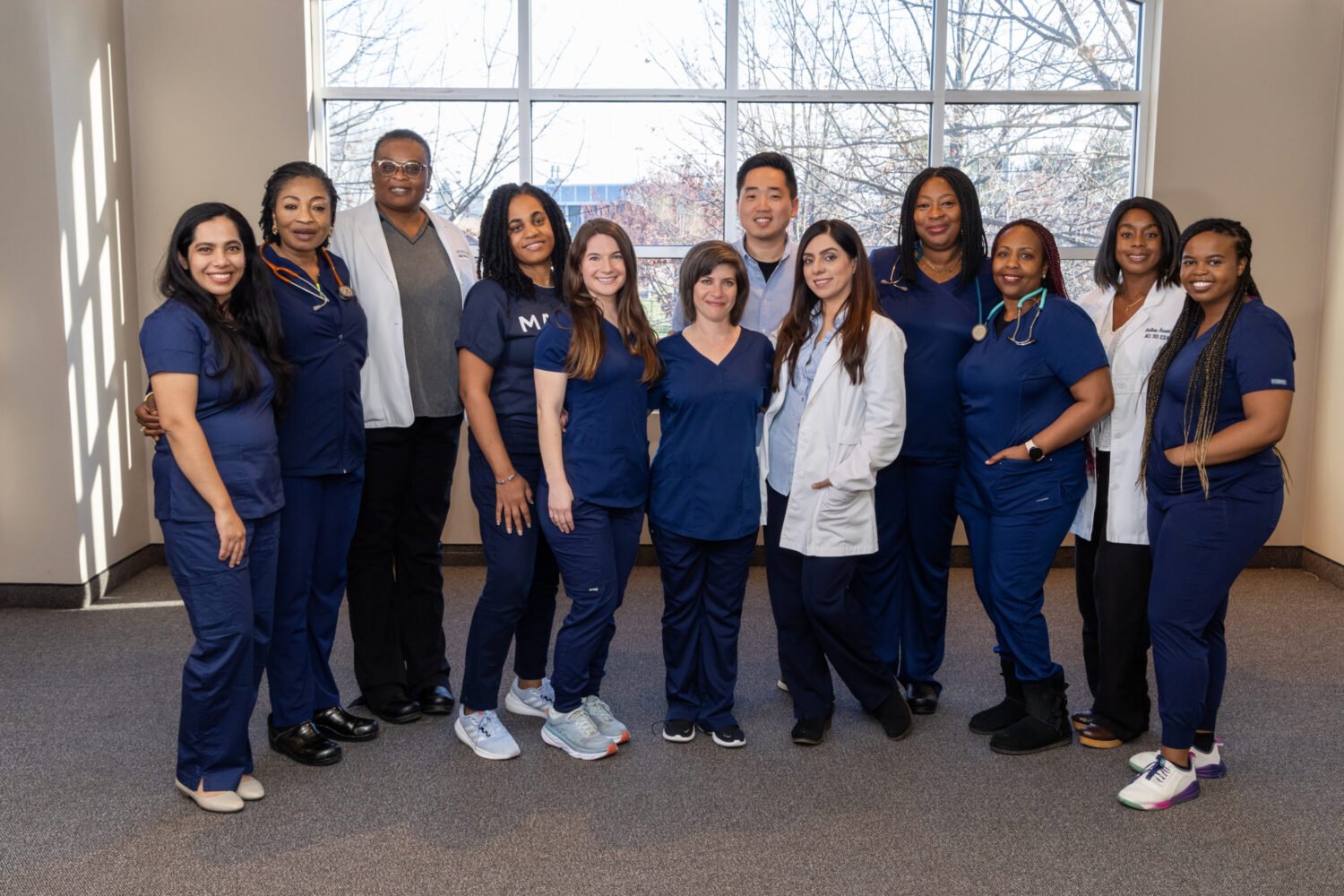Dr. Israel Puterman answers common questions on gum and bone grafting. Dr. Puterman is located at 5454 Wisconsin Ave #1550, Chevy Chase, MD 20815. (301) 652-0939.
Dental surgery makes me nervous; can I be sedated for it?
This question is one that I hear every day in my office. Having surgery in your mouth isn’t something that many people look forward to and the ability to wake up at the end of it is pretty enticing. There are three types of sedation: 1) Minimal, including the use of a medication to relax you, such as Valium or nitrous oxide, 2) Moderate, such as is done for a colonoscopy, and 3) Deep or General Anesthesia. In the vast majority of cases, Moderate IV Sedation is the best choice to give you an experience that is safe, easy and predictable. As an added benefit, the Valium-like medication in the IV causes amnesia so patients typically remember very little of the office visit.
If my gum recession doesn’t hurt, do I need to treat it?
Recession (defined by loss of gum tissue and bone) is very common and affects people of all ages, even though it is often thought of as an older person’s disease. This is, afterall, where the expression “long in the the tooth” comes from. While a small amount of recession is manageable without treatment if it doesn’t hurt, there are many reasons to address it. Recession is commonly associated with sensitivity to cold, sensitivity to brushing, root cavities, poor esthetics, gum inflammation and tooth loss. It’s important to understand that gum recession does not reverse itself and the more advanced that it is, the more difficult it is to reverse it with a graft procedure. You should have an open dialogue with your periodontist about how advanced your recession is to determine if treatment is recommended.
Is there an alternative to using gum graft tissue from the roof of my mouth?
Frequently, yes. Gum grafts are done for various reasons: to reverse recession, to thicken your gum tissue, and to improve the quality of your gum tissue, among others. Depending on the reason for doing the gum graft, graft tissue can be either your own tissue (taken from the roof of your mouth), or it can be donor tissue. Donor tissue is advantageous in that we can avoid the surgical site on the roof of your mouth, however, it shouldn’t be viewed as something that can be used it all situations. While I tend to use a lot of donor tissue for treating recession, I do sometimes advise my patients to go with palatal tissue, if I feel that it will give us the best result. There are ways to minimize any discomfort from the palate.

